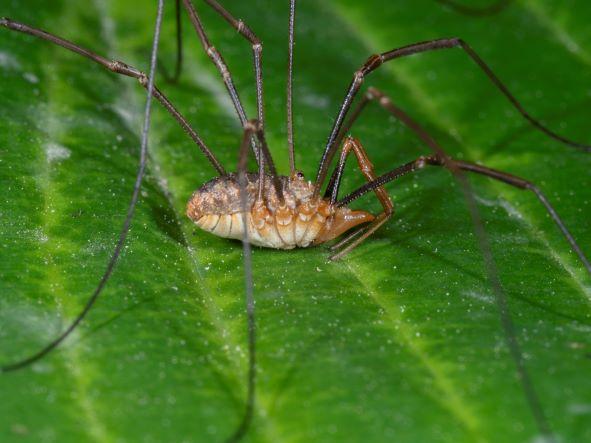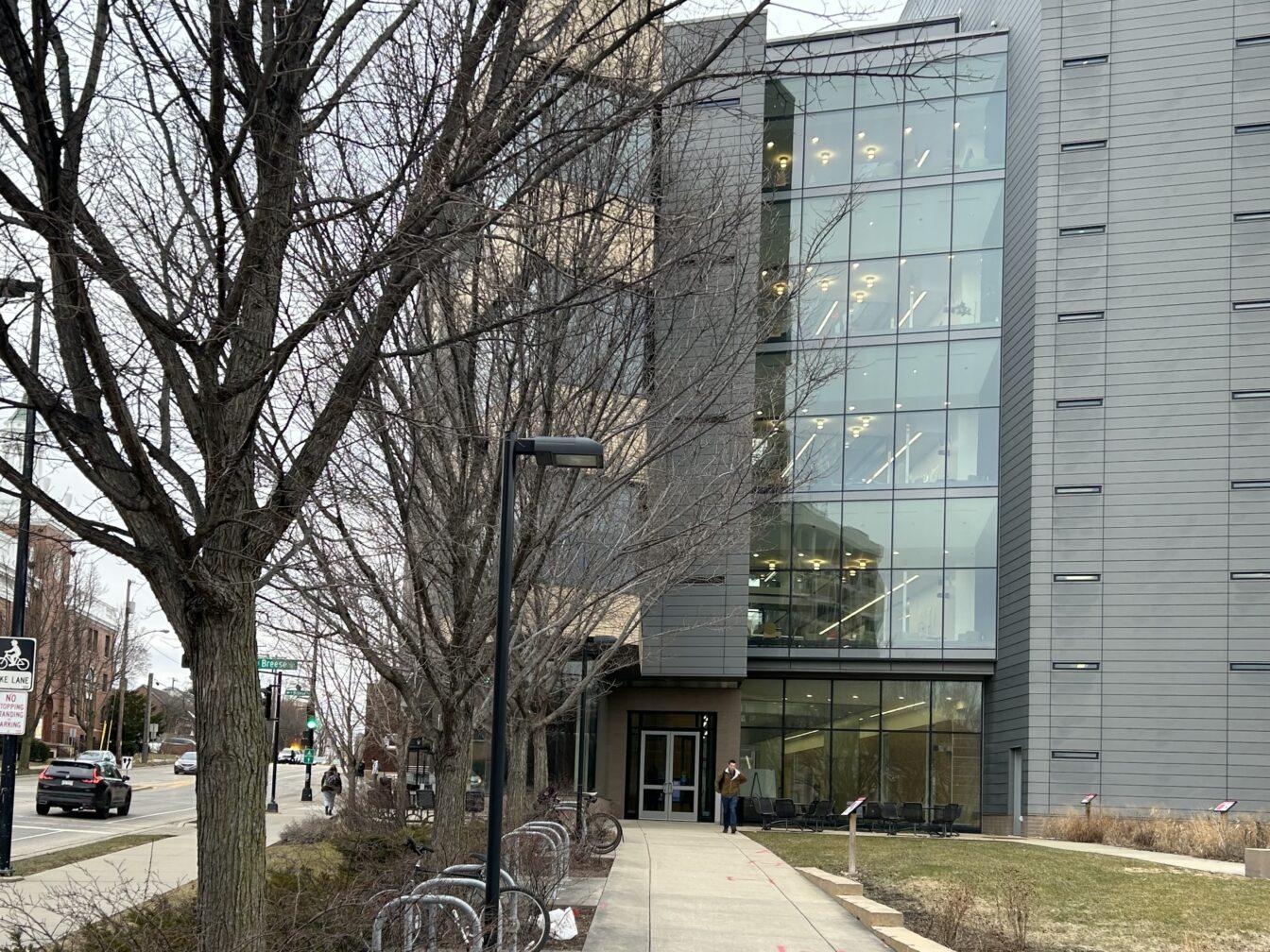The Sharma Lab at the University of Wisconsin Department of Integrative Biology uses evolutionary biology to discover new species and study the molecular basis for biodiversity. This work allows researchers to pinpoint the exact genes that cause dramatic physical differences between species.
Headed by Integrative Biology Department associate professor and principal investigator Prashant Sharma, the lab aims to further understand the evolutionary relationship between scorpions, spiders and other arachnids, and how that compares to other groups of animals.
According to the Sharma Lab website, the project analyzes the specimens’ genomes and constructs a phylogenetic tree — a visual representation of how species are related. This complete arachnid phylogeny is an important tool for researchers to understand how mutation results in new species and help classify species discovered in the future.
The findings of this study are relevant to more than just arachnids — Sharma said any small discovery in biodiversity is a victory for the entire integrative biology field.
“[This lab] focuses on what biodiversity looks like and how it’s maintained on the molecular level — the specific gene products that cause these different phenotypes and how they affect our broader understanding,” Sharma said. “We don’t really know what species are important to prioritize for conservation, we don’t know what’s important to save, if we don’t know what’s out there. That’s why this research is so important.”
The Lab Report: Niedenthal Lab studies emotions, nonverbal communication in everyday life
While evolutionary biology is an extensive field, many students have very little experience with it, as was the case for undergraduate Hugh Steiner, who has worked in the Sharma Lab for a year and a half. Steiner said he was inspired to pursue research in the lab after having Sharma as a professor, igniting his interest in evolutionary biology and molecular phylogenetics. In the future, Steiner said he would like to continue this line of research, which he never considered before meeting Sharma.
Within Sharma’s lab, Steiner applies molecular phylogenetic techniques to identify and classify new species of blind cave spiders taken from 44 cave sites throughout the Levant — a large area in the eastern Mediterranean, including Israel, Palestine and Syria. Despite many of these species being physically indistinguishable to the naked eye, Steiner used molecular data to prove the species are in fact new and separate.
After his work on the species discovery project, Steiner said he shifted his focus from the more computational side of research to molecular experiments.
“I decided to try my hand at evolutionary development research instead of just taxonomy,” Steiner said. “There’s an entirely different set of research techniques we use in the lab that I’ve barely even explored yet.”
Evolutionary development, another facet of the Sharma Lab’s research, uses genetic data to identify the exact genes that cause differences between species, working backwards to identify new targets for research, according to BioMed Central. Once promising genes are identified, researchers categorize the function by removing the gene product and observing the changes in appearance and behavior. Researchers can simulate evolution by identifying which specific genes in arachnids cause visible differences between closely-related species.
The Sharma Lab has also begun genetic analysis to scorpions by using machine learning to predict which scorpion species’ venoms may be medically relevant. Lab members then analyze these gene products and test venoms for antibacterial or even tumor-reducing properties, said Sharma.
According to Sharma, new antibiotics that may be discovered using this research are of particular interest because bacteria adapt to frequently-used antibiotics, leading to anti-bacterial resistance. Any new antibiotic discovered will give doctors new tools to combat infections.
“We know that some of these venoms have therapeutic properties, but it’s a scavenger hunt to see which are which,” Sharma said. “[Artificial intelligence] allows us to link [genetic] sequences of known venoms with available functional data to predict what peptides contained in arachnid genomes are promising.”
Evolutionary biology involves analysis of massive data sets, with each species’ genome containing billions of base pairs, according to Sharma. Even a small sample size is too large for a human to analyze by hand. Combining existing understanding of genetics and molecular physiology with the unparalleled processing power of artificial intelligence has completely changed the field of evolutionary biology.
UW researchers study health outcomes of Black women in academia
Sharma said machine learning has facilitated much of his recent research. In turn, each biological discovery gives future programs additional data to use, further honing their research techniques.
“We don’t know what’s important if we don’t know what’s out there,” Sharma said. “Using these computational tools, we’re answering questions that couldn’t even be asked 20 years ago — we are in the middle of a revolution not just in [biological research] but also in how we ask these questions.”





















